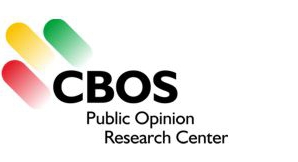26/2020
2020-09-15
Online Medical Services
Most of the internet users surveyed (79%) sometimes look for medical information online. Over half (56%) have used the internet to contact a doctor or health centre, and a third (32%) have bought medicines, supplements or medical accessories, such as physiotherapy equipment, online.
The four years since the previous survey have seen substantial growth in numbers of people contacting doctors or health centres online, and in those buying medication and supplements in this way. Currently many more people than in 2016 at least sometimes get their medical test results online, make appointments with doctors, order repeat prescriptions, and buy their supplements and medications, particularly if these last are non-prescription. More people are going online to check opinions about doctors, but slightly fewer are looking up information about medications and how they work. These changes could be an effect of an increase in online access to medical services in general, but could equally, or even above all, be a result of the coronavirus pandemic and the restrictions and preventative measures associated with it.

|
This ‘Current Events and Problems’ survey (361) was conducted using a mixed-mode procedure on a representative sample of named adult residents of Poland, randomly selected from the National Identity Number (PESEL) register.
Respondents independently selected one of the following methods:
– Computer Assisted Personal Interview (CAPI);
– Computer Assisted Telephone Interview (CATI), respondents receiving researchers’ telephone numbers in an introductory letter from CBOS;
– Computer Assisted Web Interview (CAWI), where respondents filled in the online questionnaire independently, gaining access by means of a login and password provided in an introductory letter from CBOS.
– Computer Assisted Personal Interview (CAPI);
– Computer Assisted Telephone Interview (CATI), respondents receiving researchers’ telephone numbers in an introductory letter from CBOS;
– Computer Assisted Web Interview (CAWI), where respondents filled in the online questionnaire independently, gaining access by means of a login and password provided in an introductory letter from CBOS.
In all three cases the questionnaire had the same structure and comprised the same questions. The survey was carried out between 30 June and 9 July 2020 inclusive on a sample of 1339 people (66.1% using the CAPI method, 19.6% CATI and 14.3% CAWI).





